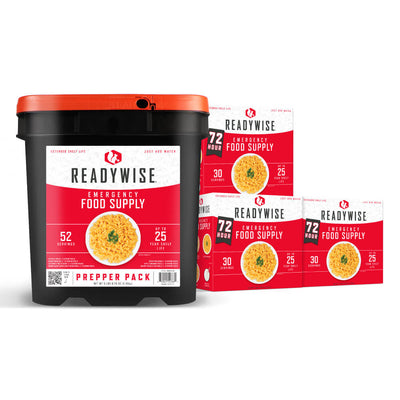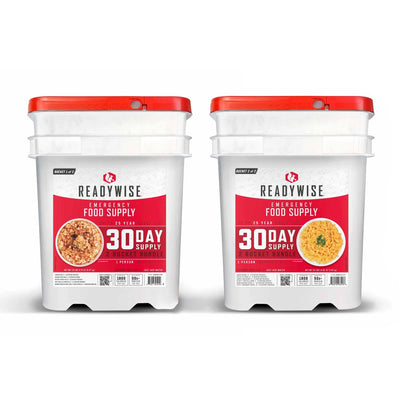Tips for Surviving a Hurricane


There are few forces of nature on this earth that are as powerful as a hurricane. Strong hurricanes, like Hurricane Sandy or Hurricane Katrina, can be life threatening, and they often cause billions of dollars worth of property damage. In fact, according to USA Today, the largest global disaster of 2012 was Hurricane Sandy (it cost roughly $65 billion dollars worth of damages). While hurricanes can vary in strength, any hurricanes that are over a three on the Saffir-Simpson Hurricane Wind Scale are especially worrisome—for example, when Hurricane Katrina first made land, it was a category three hurricane. Knowing how to prepare yourself and your loved ones for an impending hurricane can help you to limit the amount of damages done to your property, and more importantly, it can help to keep everyone safe and sound.
What is a hurricane?
Also commonly referred to as cyclones and typhoons in Asia and abroad, hurricanes are large ocean-borne storms that typically cause flooding, heavy rain, heavy surf and high winds. While there’s an ordinary hurricane season in the Atlantic, hurricanes can vary in strength, which is why the Saffir-Simpson Hurricane Wind Scale is used to measure their power.
Before the hurricane?
There’s only one thing to remember when it comes to knowing what to do before a hurricane hits—preparation. Keep a close eye on the National Weather Service (NWS). If the NWS lists a hurricane warning, then that means that a sizable hurricane is inbound. As with flooding preparation, make sure your gas, water and power are all shut off. Store three to five days’ worth of ready-made emergency meals and water, and fill your bathtubs and sinks with additional water if necessary. Make sure your lawn and driveway are free of any debris or heavy items (like grills or lawn furniture) that could potentially blow over or away and cause damage. Close all windows, and cover the windows with storm shutters or plywood. Make sure your car is fueled and packed with a medical kit and emergency supplies.
During the hurricane
When a hurricane strikes, you can either evacuate to a designated area, or if you don’t have the ability to evacuate, you can choose to remain in your home. If you choose to sit tight and stay at home, then seek out a part of your house that’s above the flood line and doesn’t have any windows—in a pinch you can also seek shelter in your bathtub. Make sure your power is off, and use a battery-powered radio to keep track of the storm. Stay indoors until the all-clear message is broadcasted on your radio or a portable TV.
After
Flooding may be prevalent after a hurricane, so make sure to wear waterproof clothing and shoes and refrain from plugging in any appliances or turning on your power until you check in with your utility company. Avoid standing water whenever possible, steer clear of any dangerous debris or downed power lines. Lastly, floods can increase the likelihood of infectious diseases spreading, so make sure to retain your personal hygiene, and if possible, seek out immunizations for yourself and your loved ones.
While category three or above hurricanes can cause a great deal of damage, by studying up on the basics of hurricane preparedness, you can rest assured that you’ve done everything in your power to keep you and your loved ones safe if and when a hurricane strikes.
Sources:
http://www.usatoday.com/story/weather/2013/01/24/global-disaster-report-sandy-drought/1862201/
http://emergency.cdc.gov/disasters/hurricanes/index.asp
















































































